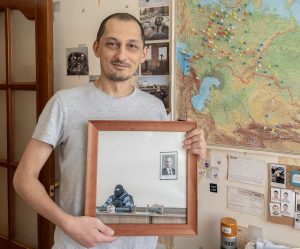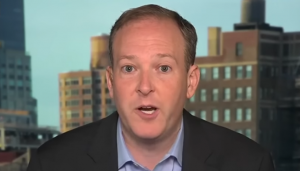A Japanese space tourist has said his decision to spend a fortune for a trip to the International Space Station (ISS) was worth the “amazing” experience. Billionaire fashion tycoon Yusaku Maezawa said even though he had imagined what his mission would be like before the flight, he was struck by the reality of space travel. “Once you are in space, you realize how much it is worth it by having this amazing experience,” he said in the first TV interview since he arrived at the station. “And I believe that this amazing experience will lead to something else.”
Also Read: How much does a Blue Origin spaceflight ticket cost?
Maezawa, 46, and his 36-year-old producer Yozo Hirano are the first self-paying tourists to visit the space station since 2009. Asked about reports claiming that he paid over $80 million for a 12-day mission, Maezawa said he couldn’t disclose the contract sum but admitted that he paid “pretty much” that amount.
In October, Russian actor Yulia Peresild and film director Klim Shipenko spent 12 days on the station to make the world’s first movie in orbit, a project sponsored by Russia’s space corporation Roscosmos to help burnish the nation’s space glory.
Also Read: Astronauts turn farmers, harvest second batch of chilly in zero gravity
Maezawa deflected the criticism from those who questioned his decision to spend money on his space travel instead of using it to help people back on Earth, saying that “those who criticize are perhaps those who have never been to space.”
“The most memorable moments were when I saw the International Space Station from Soyuz just before the docking and when we entered after the docking,” he said.
He admitted that space tourism is mostly for the super-rich now, but added that those who embark on space travel must be prepared for other challenges.
Also Read: We’re coming for you: NASA launches mission to fight asteroid
“Yes, it is still rather expensive, but it is not only about money,” he told the AP. “It takes time for your body to adjust in this environment and the training for emergencies takes at least a few months. So, honestly speaking, it is only accessible for those who have time and are physically fit and those who can afford it. But we don’t know if that is still going to be the case in 10 years, 20 years’ time.”
(With AP inputs)






